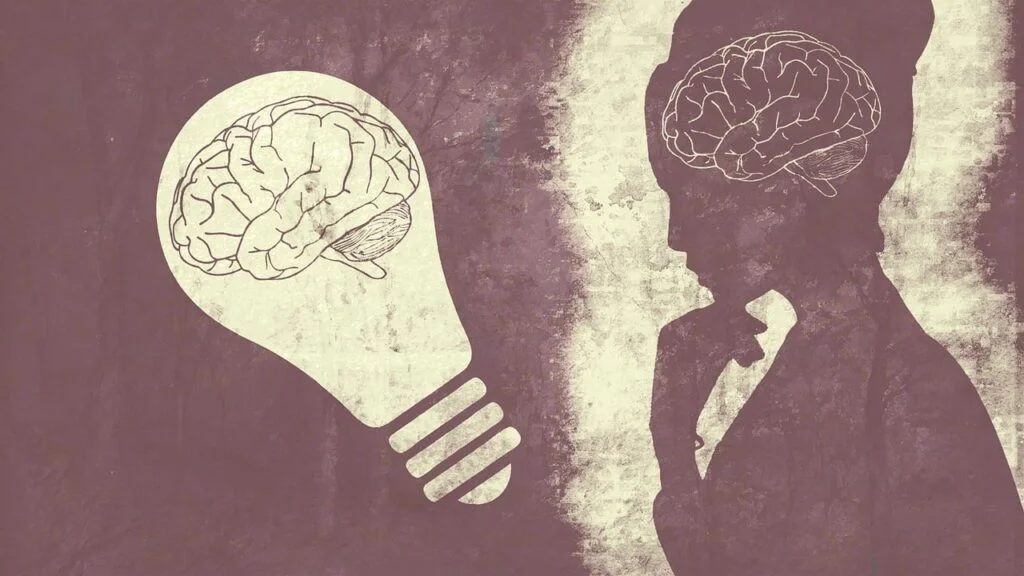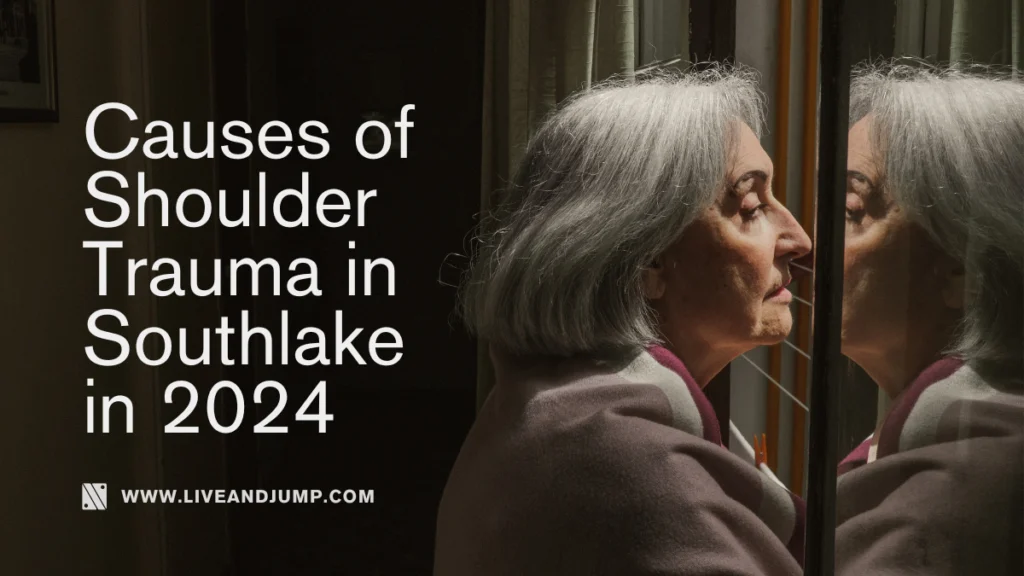Introduction:
Shoulder trauma is a complex and multifaceted condition that can result from various causes, including sports injuries, motor vehicle accidents, workplace incidents, and traumatic events. In Southlake, Texas, residents may encounter shoulder trauma due to the city’s active lifestyle, diverse industries, and bustling highways. Understanding the intricacies of shoulder trauma is essential for individuals in Southlake to recognize symptoms, seek timely medical attention, and access comprehensive treatment options.
In this detailed article, we delve into the causes, symptoms, diagnosis, treatment modalities, and rehabilitation strategies for shoulder trauma in Southlake, shedding light on the complexities of this condition and the resources available to those in need.
Read: Trauma Shear Holsters in 2024
Common Causes of Shoulder Trauma in Southlake:
1. Sports Injuries: Southlake’s vibrant sports culture and abundance of recreational activities make sports-related shoulder injuries a prevalent concern. Athletes of all ages and skill levels may experience shoulder trauma due to high-impact sports such as football, basketball, soccer, and lacrosse. Overhead sports like tennis, swimming, and baseball also pose a risk of overuse injuries such as rotator cuff tears, tendonitis, and shoulder impingement syndrome among Southlake residents.
2. Motor Vehicle Accidents: Southlake’s proximity to major highways and thoroughfares increases the risk of motor vehicle accidents, which can result in significant shoulder trauma. Collisions, rear-end accidents, and rollovers can cause shoulder dislocations, fractures, and soft tissue injuries. The forceful deployment of airbags or seat belt restraints during car accidents may also contribute to shoulder injuries, including sprains, strains, and contusions.
3. Workplace Incidents: Southlake’s diverse economy and thriving business community mean that many residents are employed in various industries, some of which may involve physical labor or repetitive tasks. Workplace incidents such as falls, slips, lifting injuries, and machinery accidents can lead to shoulder trauma, including fractures, sprains, strains, and overuse injuries. Individuals working in construction, manufacturing, healthcare, and other physically demanding fields may be particularly susceptible to shoulder injuries.
4. Falls and Traumatic Events: Accidental falls, slips, and traumatic events can occur in various settings, including homes, public spaces, and recreational areas in Southlake. Falls from heights, slips on icy surfaces, and traumatic events such as assaults or altercations can result in shoulder trauma, including fractures, dislocations, and soft tissue injuries. Older adults, individuals with mobility issues, and those with underlying medical conditions may be at higher risk of falls and subsequent shoulder injuries.
Read: Peots and Poems about childhood trauma

Symptoms of Shoulder Trauma in Southlake:
1. Pain: Pain is a common symptom of shoulder trauma and may range from mild discomfort to severe, debilitating pain. Individuals with shoulder trauma may experience sharp, stabbing pain, dull aches, or throbbing discomfort in the shoulder joint, which may worsen with movement, pressure, or certain activities.
2. Swelling and Bruising: Swelling and bruising around the shoulder joint are typical signs of acute trauma, indicating inflammation and tissue damage. Visible swelling and discoloration may occur immediately following a shoulder injury or develop over time, depending on the severity and nature of the trauma.
3. Limited Range of Motion: Shoulder trauma can impair the normal range of motion of the shoulder joint, making it difficult or painful to move the arm in certain directions. Individuals may experience stiffness, tightness, or a sensation of “locking” or “catching” in the shoulder when attempting to raise, lower, or rotate the arm.
4. Instability or Weakness: Instability or weakness in the shoulder joint may occur as a result of ligamentous injuries, dislocations, or muscle tears. Individuals with shoulder trauma may feel as though their shoulder is “giving way” or “slipping out of place,” particularly during activities that require overhead movement, lifting, or reaching.
5. Numbness or Tingling: In cases of nerve involvement or compression, individuals with shoulder trauma may experience numbness, tingling, or radiating pain into the arm, hand, or fingers. This may indicate nerve impingement, such as in cases of brachial plexus injuries or cervical spine pathology associated with shoulder trauma.
Read: Harmful effects of social media addiction

Diagnosis and Treatment Options for Shoulder Trauma in Southlake:
1. Medical Evaluation: Prompt medical evaluation is essential for diagnosing and treating shoulder trauma in Southlake. Healthcare providers typically begin with a comprehensive medical history, physical examination, and review of symptoms. Diagnostic imaging studies such as X-rays, magnetic resonance imaging (MRI), or computed tomography (CT) scans may be ordered to assess the extent of the injury and identify any underlying structural abnormalities.
2. Conservative Treatments: Depending on the nature and severity of the shoulder trauma, conservative treatments may be recommended initially to manage symptoms and promote healing. These may include rest, ice, compression, and elevation (RICE therapy), nonsteroidal anti-inflammatory drugs (NSAIDs), physical therapy, and activity modification to reduce pain and inflammation and improve shoulder function.
3. Immobilization: In cases of shoulder fractures, dislocations, or severe soft tissue injuries, immobilization may be necessary to stabilize the shoulder joint and facilitate healing. This may involve the use of a sling, brace, or shoulder immobilizer to restrict movement and protect the injured shoulder from further damage during the initial stages of recovery.
4. Rehabilitation: Physical therapy plays a crucial role in the rehabilitation of shoulder trauma, helping patients regain strength, flexibility, and range of motion in the shoulder joint. Therapeutic exercises, manual techniques, and modalities such as ultrasound, electrical stimulation, and heat therapy may be prescribed to address muscle weakness, joint stiffness, and functional limitations.
5. Minimally Invasive Interventions: In some cases of shoulder trauma, minimally invasive interventions such as corticosteroid injections, platelet-rich plasma (PRP) therapy, or ultrasound-guided injections may be recommended to alleviate pain, inflammation, and swelling in the shoulder joint. These interventions can provide targeted relief and facilitate the recovery process, particularly for individuals with persistent or debilitating symptoms.
6. Surgical Interventions: In severe or complex cases of shoulder trauma, surgical intervention may be necessary to repair damaged structures, restore stability, or alleviate compression on nerves or blood vessels. Surgical procedures such as open reduction and internal fixation (ORIF), arthroscopic surgery, tendon repair, or joint replacement may be performed to address fractures, dislocations, rotator cuff tears, or other traumatic injuries.
Read: Mental Toughness challenge
Rehabilitation and Recovery:
1. Physical Therapy: Physical therapy is a cornerstone of rehabilitation for shoulder trauma, helping patients regain strength, flexibility, and range of motion in the shoulder joint. Therapists develop personalized treatment plans tailored to each individual’s specific needs, focusing on therapeutic exercises, manual techniques, and modalities to address muscle imbalances, joint stiffness, and functional limitations.
2. Gradual Return to Activity: As patients progress through rehabilitation, they may gradually return to normal activities and sports under the guidance of their healthcare providers and physical therapists. It is essential to follow a gradual and structured approach to avoid re-injury and ensure a safe and successful return to activity.
3. Patient Education: Educating patients about their condition, treatment options, and self-care strategies is crucial.
Summary
By prioritizing shoulder health and well-being, residents of Southlake can minimize the impact of shoulder trauma and live active, fulfilling lives. It’s important for individuals to recognize the signs and symptoms of shoulder trauma, seek prompt medical attention when necessary, and adhere to recommended treatment plans to optimize outcomes and prevent complications.
Additionally, fostering a supportive community that promotes safety, injury prevention, and access to quality healthcare resources is essential for addressing shoulder trauma in Southlake. Local initiatives, educational campaigns, and community outreach efforts can raise awareness about shoulder injuries, provide resources for injury prevention and management, and support individuals in their journey to recovery.
Furthermore, collaboration among healthcare providers, rehabilitation specialists, athletic trainers, and other stakeholders is critical for delivering comprehensive care to individuals with shoulder trauma in Southlake. By working together to assess, diagnose, and treat shoulder injuries, multidisciplinary teams can address the diverse needs of patients and optimize their recovery and long-term shoulder health.
Conclusion
In conclusion, shoulder trauma is a significant concern for individuals in Southlake, Texas, but with proper awareness, education, and access to comprehensive care, individuals can overcome these challenges and return to active, fulfilling lives. By prioritizing shoulder health, promoting injury prevention, and fostering a collaborative approach to care, Southlake can continue to support the well-being and resilience of its residents in the face of shoulder trauma.


I like your website 😍